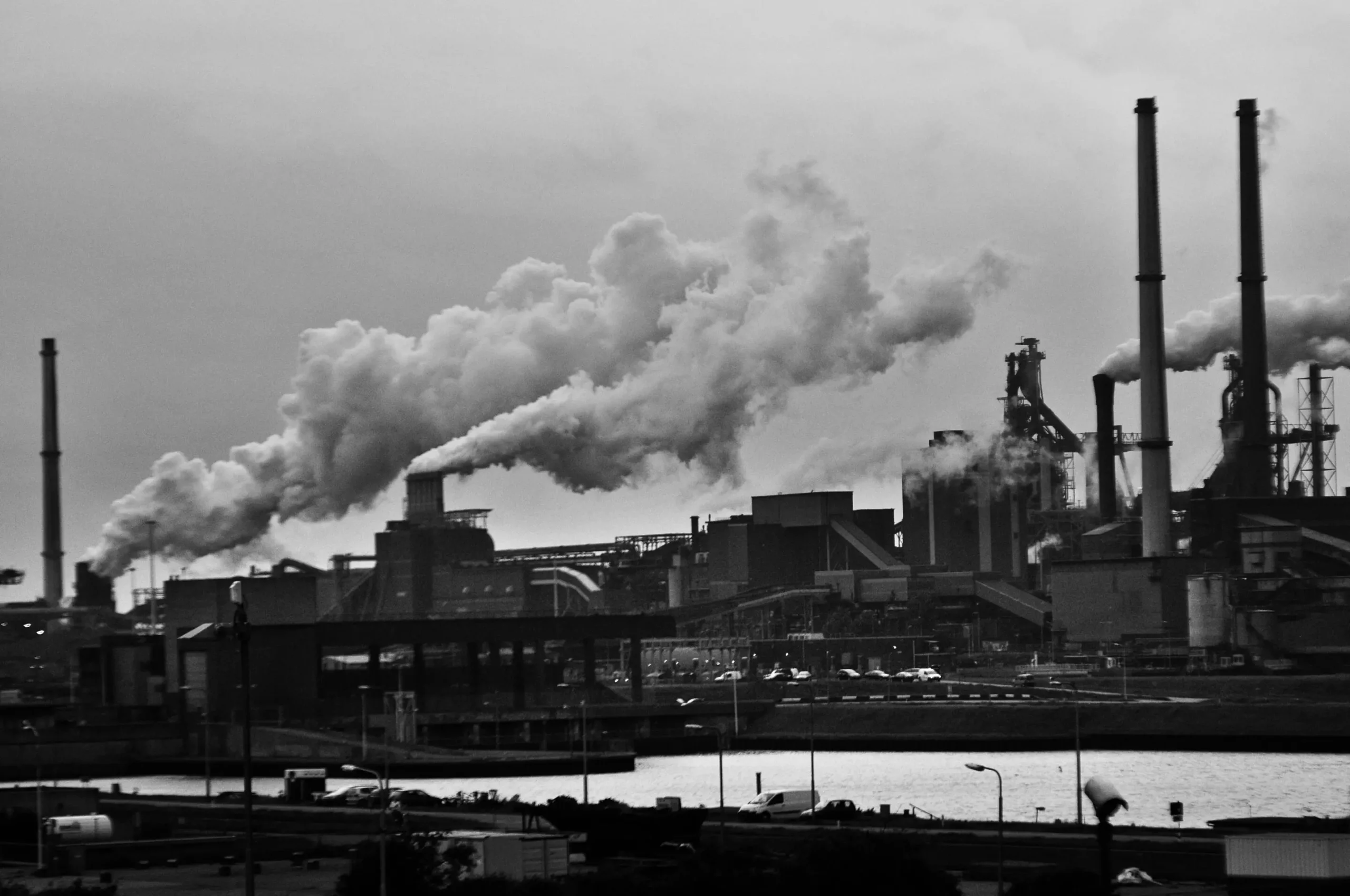As the United States heads towards the conclusion of what has been one of its hottest summers on record, the dynamic energy landscape is evident. The extreme temperatures have pushed peak electricity demands beyond historical norms, placing heightened pressure on the nation’s energy grid. In this context, “peaker” plants have emerged as crucial players, designed to meet surges in demand. While they are often celebrated for their quick startup capabilities and relatively low operational costs, the environmental implications of relying on these facilities cannot be ignored.
Peaker plants are a unique segment within the energy production framework. Unlike baseload plants, which are designed to provide a constant level of electricity, peakers are activated during periods of high demand. Although these plants can turn on swiftly, they tend to consume more fuel per unit of electricity produced compared to their more efficient counterparts. Traditionally, they operate less than 10% of the year, primarily during brief peaks in electricity use. However, the environmental ramifications of their operation—higher emissions from burning fossil fuels—have raised significant concerns.
Currently, the U.S. houses nearly 1,000 peaker plants, with approximately 70% utilizing natural gas. While this represents a shift away from more polluting coal and oil facilities, it still doesn’t eliminate the adverse environmental impacts associated with fossil fuel consumption. With climate change leading to an increased frequency of heat waves, the pressure grows for electricity systems to rely on these peaker plants more than ever before.
The Intersection of Renewable Energy and Peaker Plants
Amid the growing emphasis on shifting to renewable energy sources—solar and wind—peaking power plants are garnering renewed scrutiny. Interestingly, while clean energy technologies often promise lower costs and emissions, they are inherently non-dispatchable; they generate electricity based on natural conditions, making it challenging to predict their availability during critical demand periods. As more renewables are integrated into the grid, the days of static baseload units may dwindle, making room for peakers that can adapt to the variability of solar and wind output.
Consequently, grid operators increasingly turn to fossil fuel-burning plants to manage fluctuations in renewable supply, especially during the late afternoon/evening hours when solar generation drops dramatically while electricity demand remains high. This reliance on peaker plants distorts the clean energy narrative, as it inadvertently prolongs the life of older, less efficient fossil-fuel plants.
The high operating costs of peaker plants extend beyond just financial implications; they also have significant social ramifications, particularly for marginalized communities. An alarming statistic reveals that approximately 32 million people live within a three-mile radius of a peaker plant. Studies indicate that historically disadvantaged racial or ethnic communities are disproportionately affected, as they are statistically more likely to reside near these high-emission power sources. The health impacts associated with air pollution from these facilities—including respiratory ailments and cardiovascular issues—should compel policymakers and energy stakeholders to reassess their reliance on peaker plants.
To balance energy supply and demand while mitigating the socio-environmental costs associated with peaker plants, several alternative strategies merit consideration. One promising avenue lies in advancing battery storage technologies. Currently, the U.S. boasts approximately 15 gigawatts of battery storage capacity—equivalent to the output of 15 nuclear power plants. As costs for battery technology decline, this capacity could double in the near term, presenting a pragmatic solution to storing excess energy generated during peak renewable output periods.
Moreover, expanding transmission infrastructures can facilitate energy exchange between regions, allowing for the utilization of cleaner electricity generated from diverse locations rather than relying on nearby peaker facilities. Unfortunately, the development of new transmission lines is often hindered by significant regulatory hurdles and land acquisition challenges.
Lastly, promoting demand response programs that incentivize consumers to adjust their electricity usage based on price fluctuations could help flatten the peaks in demand. Technological advancements in smart energy management systems might ease this transition, providing consumers with the tools to make necessary adjustments.
While peaker plants currently play an essential role in the U.S. energy grid—especially during extreme weather events—their reliance poses complex challenges that encompass environmental, economic, and social issues. As the country progresses toward a clean energy future, it is crucial to scrutinize the increasing dependency on these facilities. By investing in innovative alternatives such as battery storage, enhancing transmission systems, and implementing demand-response programs, the U.S. can better navigate its energy transition. Addressing the multifaceted challenges of power generation will foster a more efficient and equitable energy landscape for all.


Leave a Reply